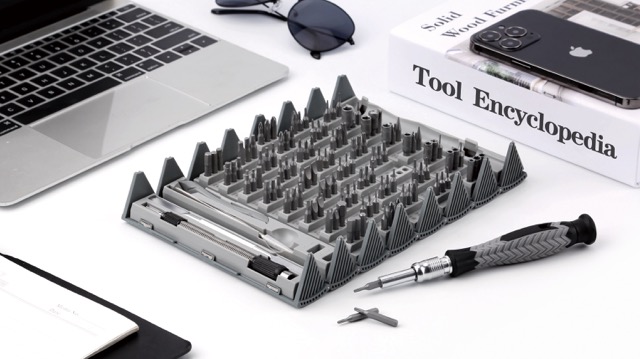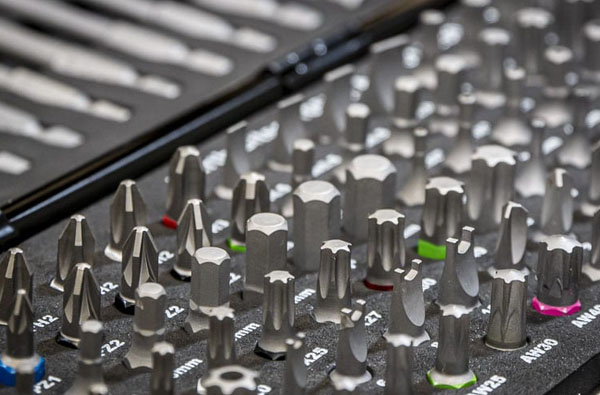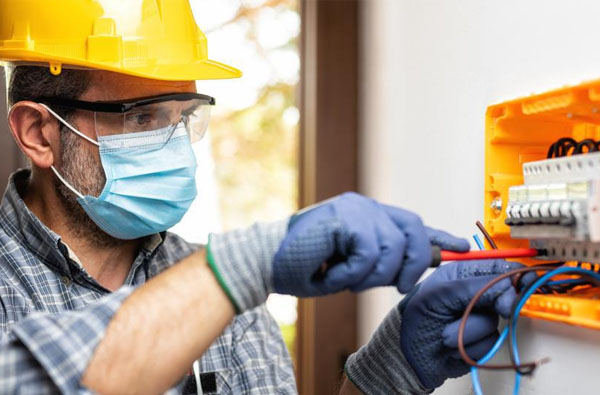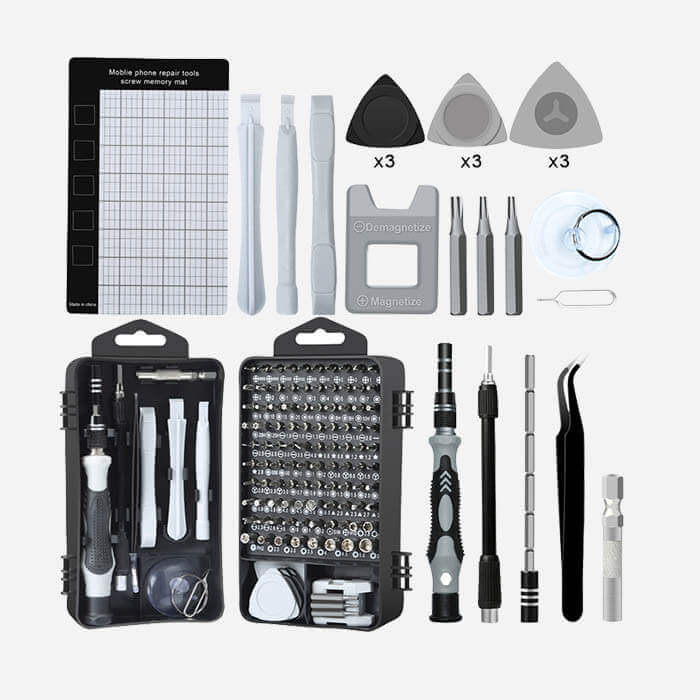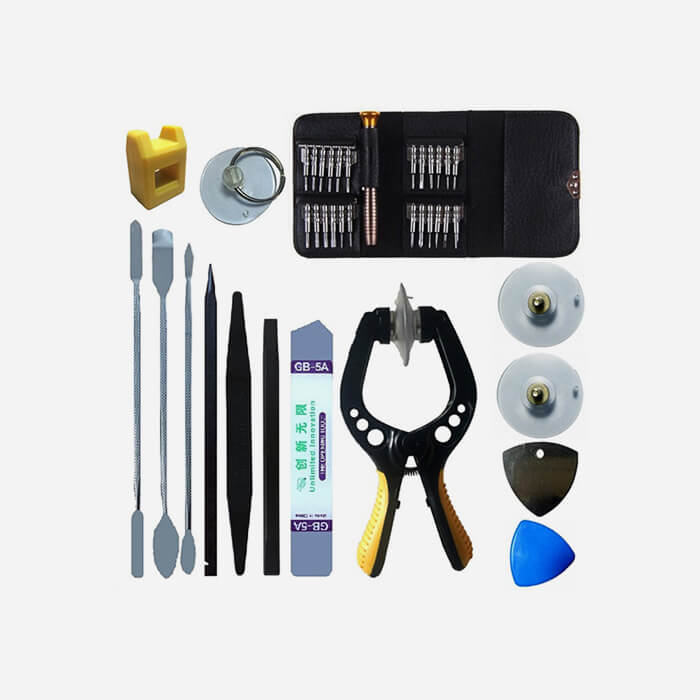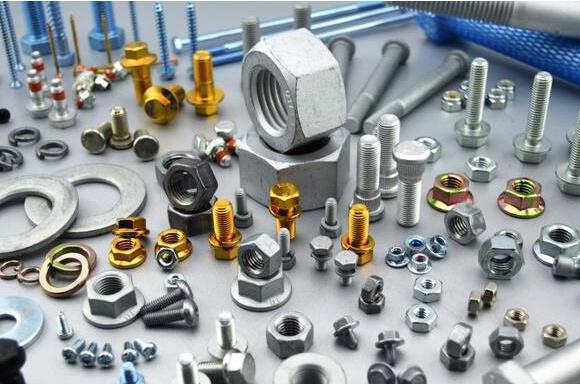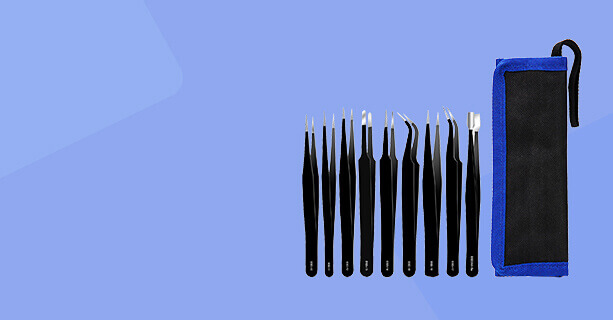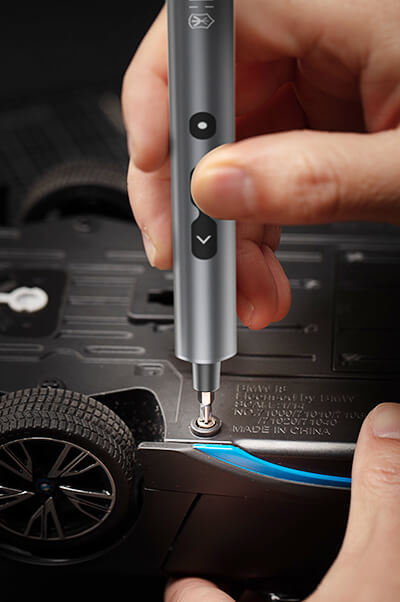The Ultimate Guide: How To Choose An Electrician Screwdriver Tool?
We are a professional screwdriver manufacturing factory. If you need any tools, you can browse our website. We are happy to provide you with samples.
If you’re a pro electrician, you must use a screwdriver daily. While you’re on the job, you must have the right size screwdriver to complete different tasks. If you’re an amateur, how do you know what size screwdrivers do electricians need?
Before we get into the subject’s details, let’s first learn a little more about screwdrivers. In this article, you will learn about the different types of screwdrivers and their uses. You will also learn how manufacturers make them. Let’s dig in!
We are a screwdriver manufacturing factory, and now have more than 1000 types of screwdriver products, if you need wholesale or customized, please contact us, thank you!
What is a Screwdriver?
A screwdriver is a tool that enables you to remove or put in screws into a designated spot with ease. Have you ever tried to insert a screw with your bare hands? Tightening it must have been impossible! Through the turning of a handle on the screwdriver, you can remove or insert screws fast.
This is why we need screwdrivers; they help us to remove or insert screws.
The turning motion of a screwdriver will depend on what you need to do. For instance, a clockwise movement tightens the screw and anti-clockwise loosens it. Most screwdrivers have insulated handles made of plastic. They come in comfortable designs that you can hold.
They are usually made in a design that allows you utmost control. There are many different types of screwdrivers. They come in various shapes and sizes. Some are specific for electrical work and there are those you can use on general types of jobs.
Read on to learn about the different types of screwdrivers.
Types of Screwdrivers
What Type and What Size Screwdrivers Do Electricians Need?
Electricians use two types of screwdrivers: a Phillips Screwdriver and a flathead screwdriver. You will use insulated screwdrivers in the form of Phillips or flathead screwdrivers.
Flathead Screwdriver
The flathead screwdriver (slotted screwdriver) has it’s origins in 15th century Europe. It has a flatted shaft tip, so you can only use this screwdriverwith slotted head screws. Electricians use the 5.5mm and 8mm wide flathead screwdrivers. You can use a flathead screwdriver on its own or with a power tool. Even though using it with a power-driven device is easy, you will need to pay attention while working. The screwdriver can move out of the power tool if you slip or apply a lot of pressure. This method is risky as the you can hurt yourself while working.
The Two Types of Flathead Screwdrivers
1. Flared Slotted Screwdriver
The flared screwdriver has a tip with a flattened shape. Its edge is broader than the shaft.
2. Parallel Slotted Screwdriver
The edge of this slotted screwdriver has an equal width to its shaft. This allows it to remain stable on the screw head’s surface.
Phillips Screwdriver
The most significant advantage of the Phillips screwdriver is that it will help you save time. You will work faster as compared to when working with other screwdrivers. They have rounded tips that allow them to have a non-slip function.
Pozidriv Screwdriver
The shape of the Pozidriv screwdriver is like the Phillips screwdriver. The most visible difference is that the Pozidriv screwdriver bears two cross signs. This makes it an excellent choice for tasks that need high torque while tightening. Pozidriv screwdrivers don’t tend to cam out as compared to the Phillips head.
Insulated Screwdriver
Always keep an insulated screwdriver for electric work in your tool bag, tool beltor your tool backpack.The insulated screwdriver protects trades people, linesmen, and electricians. These are all people who work close to electricity or electrical applications. There are jobs that need you to work near live electrical parts. Always ensure that you have insulated screwdrivers with you.
Insulated screwdrivers have rubber or plastic coatings that protect you. The rubber will prevent electricity from passing through. A good electricians’ screwdriver will come with voltage ratings. These ratings tell you how much electricity a screwdriver can absorb without putting you at risk.
Most insulated screwdrivers have a rating of 1,000 volts. If you’re not working near electricity, you don’t need an insulated screwdriver. A non-insulated screwdriver can help you with the task you only need it if you’re working near an electrical application. ALL electricians MUST carry the insulated screwdrivers at ALL times during a job.
How Manufacturers Make Screwdrivers
If the question on your mind is “how are screwdrivers made?” read on to find out. A screwdriver may look simple, but it isn’t easy to manufacture. In the past, the manufacturing of screwdrivers was manual, and they had wooden handles.
But, the industry has caught up to technology trends. Enterprises can now mass-produce screwdrivers. There are many industries that manufacture screwdriver parts. Let’s look at the manufacturing process of screwdrivers.
The Steel Bar
At the start of the manufacturing line, the factory processes raw steel. It then turns it into a .375 diameter bar. Next, there’s straightening of the wire and cutting it into appropriate lengths. A layer of Chromium or Nickel coats the bar to ensure it’s corrosion-resistant.
The Handle
One of the materials that make up screwdriver handles is cellulose acetate. It goes to the factory in powder form. Then, manufacturers mix cellulose acetate with a plasticizer. The result is a thick material, which becomes the handle.
Manufacturers add different colors into this substance to create different looks. Finally, the handles then go through a washing and drying process.
Assembly
During the assembly, the manufacturer forces the steel bar into its handle. For added firmness and safety, they also do branding on the handles with a hot stamp.
Parts of a Screwdriver
Your screwdriver has two parts: the handle and the drive.
1. The Handle
The handle is the part of the screwdriver that you hold while working. As we mentioned earlier, it’s made of plastic or rubber material. The grip on the rubber material allows you to apply the right pressure while working. Depending on the application of the handle, it can be a precision one or a regular one.
Screwdrivers come in many handle sizes. The larger the handle, the more torque you will apply on the screw. Larger screwdrivers are heavier and bulkier than smaller ones. Shorter screwdrivers have larger handles. The torque produced by a screwdriver is higher if:
– The handle is bigger
– The screwdriver is long
Manufacturers make up for the lack of torque in smaller screwdrivers by making them with larger handles.
One of the factors you need to consider when choosing a screwdriver is how comfortable the handle is. If the handle is uncomfortable, it’ll be hard to hold onto and heavy. A screwdriver handle should be light, easy to grip, and comfortable.
2. The Tip
A screw drive is the tip of a screwdriver. You might need a large flathead screwdriver or a Phillips screw. Whichever you choose, you must ensure that you have the right one for the job. Even though your screwdriver can turn a screw that it doesn’t match, you shouldn’t use it.
Always use the correct screwdriver, or you’ll damage the screw head. Some screwdrivers come with a detachable drive. This allows you to carry your tools around much easier. Instead of carrying around many screwdrivers, you can take drives that are easy to remove.
Also, you can carry a multi-purpose screwdriver. If you travel a lot and have to bring your tool bag, this is the best option. Also, it’s much cheaper to buy detachable screwdrivers than a full set. If you’re a pro or a serious DIYer, it’s better to go for a screwdriver set. They’re of higher quality and are much stronger.
3. The shank
A screwdriver also has a blade and a shank. The shank is the long part that connects the tip and the handle. You will sometimes see it running into the handle to ensure that it’s more durable.
4. The Blade
The blade and the tip of the screwdriver have almost similar functions. But, the most significant difference between the two is that the blade holds the tip.
What Are Screwdrivers Made of?
There are different materials used to make screwdrivers. But, the most common ones are chromium, nickel, and steel wires. The base component of a screwdrivers steel bar is a steel wire. They are usually .375 inches thick. The factory makes use of industrial machines to ensure the size of the wire is correct.
Chromium is the most popular material for the creation of stainless steel screwdrivers. It is used for the manufacture of professional, high-end tips for a screwdriver. The reason for this is that it is exceptional at rust and discoloration resistance.
Manufacturers use nickel to coat the screwdriver. It has excellent protective properties that few materials can match up to. Manufacturers make screwdrivers with trades people in mind. It is vital for manufacturers to ensure that they are always safe to use. Using nickel reduces your risk of getting shocked by an electrical current.
The Best Way to Store Your Screwdriver
A screwdriver is an essential tool for an electrician and can be expensive to buy. It is vital that you maintain and store yours in the best way possible. You can keep your screwdrivers away from other tools, hang them on a wall, or place them on a high shelf. You can either choose to DIY your storage solution or go for finished products.
a) Finished Products
Finished products for screwdriver storage include:
– Buckets
– Boxes
– Tool belts
– Chests
– Tool cabinets.
Manufactures always ensure that these products are compact. These items usually have enough space to allow you to store your tools in the best way possible.
A good example of finished products is tool chests. They come with many drawers, which you can label. These drawers allow you to arrange and store screwdrivers according to their use. They also help you arrange them in their respective shapes, and sizes. Tool buckets and boxes allow for tool storage in different spaces.
b) DIY Storage Options
If you’re an avid DIYer, you should make shelves and storage containers for your screwdrivers. Get online and check out one of the many videos that’ll show you how to make an excellent screwdriver holder.
DIY storage options are usually plastic. The best way to store these containers is to hang them from a shelf or a wall. This allows you to look through all the compartments fast and pick what you need.
The Screwdriver and Its Invention
The inventor of the screwdriver and the exact date of its invention aren’t known. But, there are many speculations on its origins. One such claim is that the screwdriver made its first debut in France or Germany in 1490.
Currently, P.L. Robertson receives credit for being the first person to patent the idea. He is also recognized for commercializing the screwdriver design. But, we cannot applaud him as the real inventor for the screwdriver.
Robertson screwdrivers are popular and used by many. There are other contributors to how a screwdriver is being used today. Some of them expanded on the idea and made the tool unique. A good example is the screwdriver electrical used by tradesmen.
Who the Phillips Screwdriver Named For?
Henry Phillips patented the design of head screws 28years after Robertson patented his. There was significant demand for Henry’s screws hence his decision to patent them. At the time, many car assembly lines required screws. The screws he made were compatible with the screwdrivers used in the assembly lines. Due to this, they were very popular and he made good sales.
Conclusion
Are you still asking, “What size screwdrivers do electricians need?” There are many different kinds of screwdrivers on the market. But, if you’re an electrician, there are screwdriver sizes you will need for most jobs. These include the 4mm for spurs/socket outlets and the 3mm for switches and light fittings. You also need the pozi 6.5mm and 2mm for DB’s. These are the main ones, but you will accumulate other sizes to ensure your toolbox is perfect. What size of screwdriver’s do you carry along for your jobs? Which one can’t you do without?
If you are looking for a screwdriver factory to customize your screwdriver set, please do not hesitate to contact us, thank you!
If you are looking for a professional screwdriver manufacturerto customize your precision screwdriver set, feel free to contact us today! We provide high-quality, customizable toolsfor various repair needs.
BECOME A WHOLESALE PARTNER
Get 10% off on orders over 500 units. We offer exclusive B2B pricing, OEM packaging, mixed batch support, and fast global delivery. Partner with a trusted screwdriver manufacturer to boost your margins.





